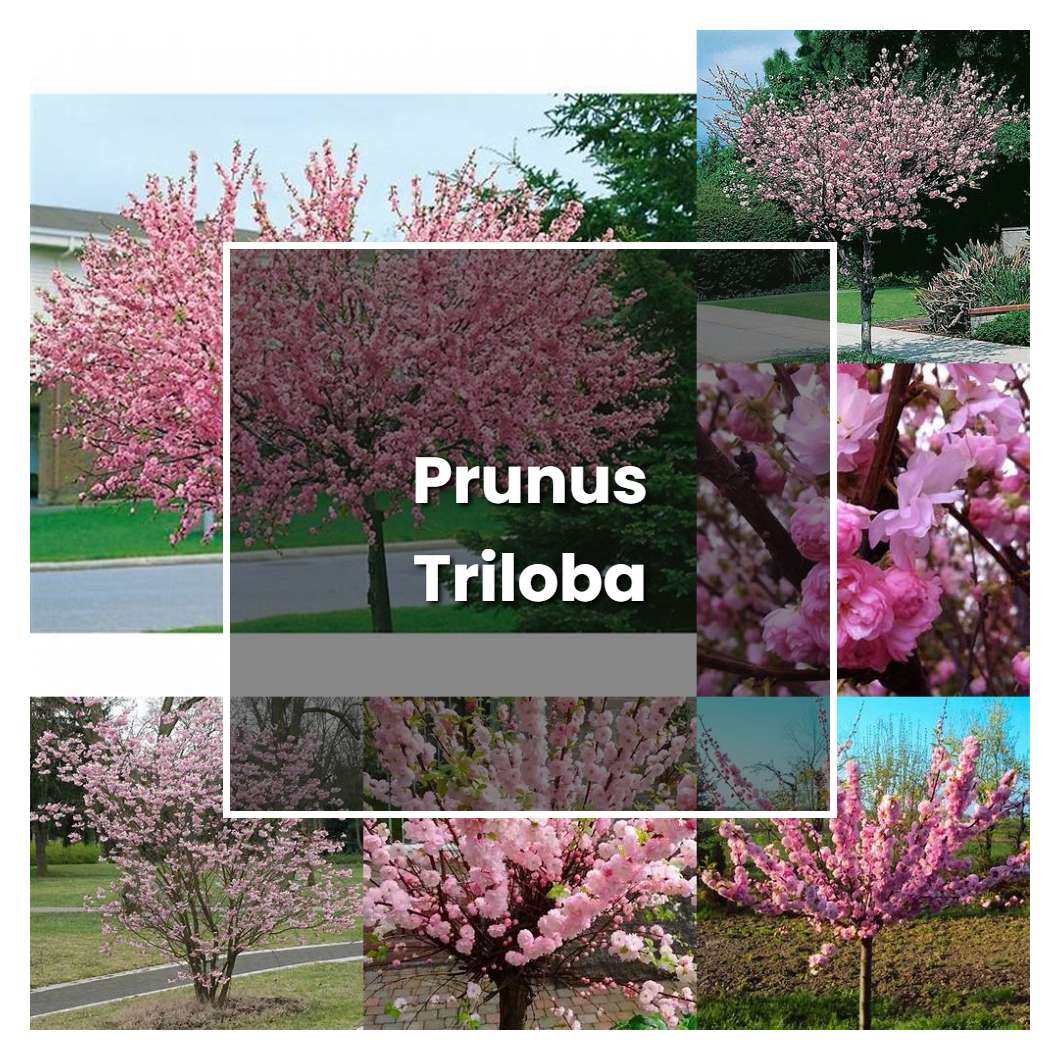Prunus triloba is a small, deciduous tree with a spreading habit that is native to China. The leaves are ovate-shaped and have a toothed margin. They are dark green in color and turn yellow in the fall. The flowers are white or pink and appear in early spring before the leaves. The fruit is a small, dark-colored drupe.

Related plant:
Prunus Serrulata Kanzan
Related plant:
Prunus Nigra
About soil condition, prunus triloba can adapt to different soil conditions. It is a drought tolerant plant once it is established. It prefers full sun but can also tolerate partial shade. The soil should be well-drained, and it is important to avoid over-watering.
Similar to other members of the Prunus genus, the triloba subspecies needs full sun to partial shade in order to thrive. This means that it should be planted in an area of the garden that gets at least six hours of direct sunlight each day. If possible, choose a spot that also offers some protection from the afternoon heat, as this can help extend the blooming period.
The temperature condition of Prunus triloba is optimal at around 20 to 25 degrees Celsius. They can survive in colder environments but may not flower. In too warm of an environment, the leaves may begin to experience chlorosis.
Ideal humidity condition for this plant is 60-70%. The plant can tolerate a wide range of humidity, from very dry to very wet, but prefers a moderate level. Too much humidity can lead to mold and mildew growth on the plant, which can be harmful.
For the fertilizer, usually the plant is given 1/2 pound of 5-10-5 fertilizer per year. For the root, it is important to keep it moist but not wet. The plant does not like to have its roots disturbed.
Pruning is a vital part of keeping your prunus triloba healthy and attractive. Pruning encourages new growth, which results in a fuller, more compact plant. It also helps to remove diseased or damaged branches. When pruning, be sure to use sharp, clean pruning shears. Make cuts at a 45-degree angle, just above a bud or leaf node.
Propagation of prunus triloba is typically done by rooting hardwood cuttings taken from the parent plant. The cuttings should be taken from young, healthy growth and should be about 6-8 inches in length. Cut the bottom of the cutting at an angle of 45 degrees and dip the cut end in rooting hormone. Plant the cutting in moistened, sterile potting mix and place in a warm location out of direct sunlight. Keep the soil moist but not soggy and within a few weeks the cutting should develop roots and begin to grow.
Usually, the plant growth rate is medium to fast. In the first year, it can grow about 24 inches (60 cm), and about 12 inches (30 cm) in the second year. The average prunus triloba growth rate is about 10 inches (25 cm) per year.
Common problems for this kind of plant are pests, diseases, and nutrient deficiencies. pests include aphids, scale, and mites. Diseases include powdery mildew, leaf spot, and canker. Nutrient deficiencies include nitrogen, potassium, and phosphorus.
Source:
Prunus triloba (Flowering Almond) - 7 images at image,
SelecTree: A Tree Selection Guide - Cal Poly
Prunus triloba; Flowering Plum - University of California, Berkeley
